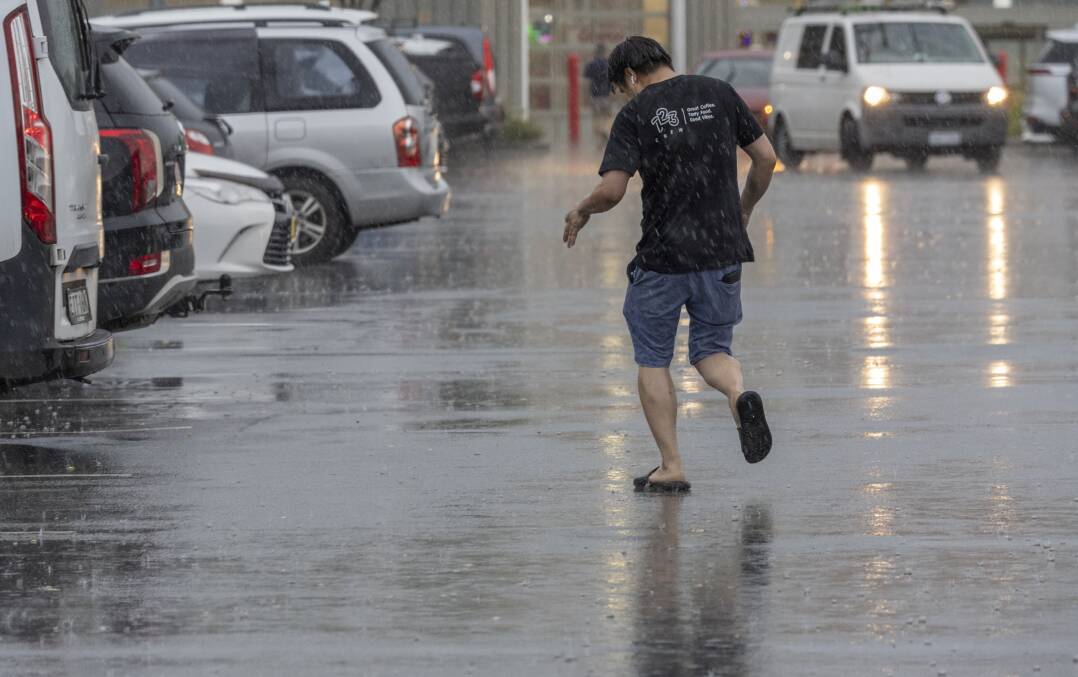Australia has just experienced its third hottest summer on record since observations started in 1910.
But the ACT has bucked the national trend with a cooler than average season.
At Canberra airport, the Bureau of Meteorology recorded a mean daily maximum temperature of 27.4 degrees, 1 degree below the long-term average at the site. Meanwhile, Canberra's hottest day only reached a top of 34.8 degrees on December 9.
So, how did this inland territory beat the heat? Senior climatologist Hugh McDowell said this was likely "just one of those quirky things".
"The climate models do pretty well forecasting large areas, but there will always be smaller areas that kind of buck the trend and the ACT was one of them this summer," he said.
"It was a bit wetter than average. That's probably part of the reason, [we've had] rainfall around, more cloud cover, probably less sunshine and therefore a little bit less heat.
"But other parts of New South Wales were wetter than average while they were still warmer, so I think it's probably just one of those quirky things this year."
Thunderstorms were prevalent across the ACT throughout December and January, contributing to the territory's above average rainfall for summer.
"The wettest day of summer was in the 24 hours to 9am on 14 January when thunderstorms caused flash flooding and 60.4mm was recorded at Tuggeranong (Isabella Plains) AWS," the bureau said.
It had previously noted that some sites in the ACT saw the highest rainfall on record for January.
Canberra Airport recorded 272mm of rainfall for the season, around 75mm above the long-term average.
"It is the wettest summer we've seen since 2010-2011, the wettest summer in 13 years," Mr McDowell said.
Overall, the highest rainfall in the territory was at Mt Ginini, which saw 506mm throughout the season.
The rain dried up in February, with the final month of summer seeing below average rainfall at most sites across the territory.
Nationally, rainfall for the summer was nearly 19 per cent above the 30-year average, although some parts of the country, including in Western Australia, saw a drier than average season.
But the additional rainfall did not bring cooler conditions across the country, with temperatures rising 1.62 degrees above the 1961-1990 average.
"There are three hottest summers on record within the last 10 years. It's quite concerning," Mr McDowell said.

"Long-range climate projections do show an increase in those temperatures, a certain amount is already locked in, so we're going to have to get used to hotter summers and more frequent heatwaves."
He said Australians should be very concerned about rising temperatures.
Earlier this year, European Union's Copernicus Climate Change Service declared 2023 as the hottest year on record, with scientists urging more action on climate change.
It comes ahead of what's expected to be a warmer than average autumn in Canberra.







